Doug Spowart is fast becoming Australia’s answer to Martin Parr, who beyond his reputation as one of the world’s top documentary photographers, is also a leading collector and authority on photo books.
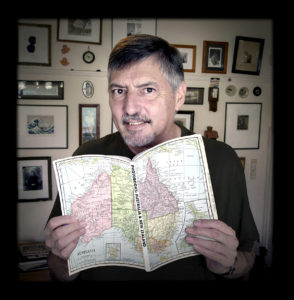
The Queensland photographer has devoted his career to exploring the history of Australian and New Zealand photo books, and documenting how it has changed.
Defining a photo book can be contentious, but broadly speaking they run from commercially-printed ‘coffee table’-type publications where photography is the hero, through to one-off, custom-made works of art created by the photographer.
Doug is democratic with his own definition.
‘I do not limit my definition of the “photo book” but rather accept the breadth and depth of this evolving medium to include the historical photographically illustrated books, albums, catalogues, the emergent photobook, zines, artists books, text-only references to photography and photo ephemera,’ Doug explains on his website, The Antipodean Photobook.
He was commissioned by the UK’s Tate Gallery, with an endorsement by British Magnum photographer Martin Parr, to curate a selection of antipodean photo books.
Martin gave his world-renowned collection of 12,000 photo books to the Tate in 2017. The acquisition was described as making the Tate ‘an institutional world leader in the representation of photo books’, covering an unprecedented range of subjects, types of practice and geographies.
While the Australian segment of Martin’s collection had some of the big local names like Bill Henson, Trent Parke and Ans Westra, it lacked a depth of local titles.
That’s where Doug came in.
He delved deep into the library of 2500 books collected with his partner, Victoria Cooper, and whittled the selection down to just 52.
‘This history of Australian photo books is not well known,’ Doug told Inside Imaging. ‘I’ve been interested in photo books for 50 years – that’s nearly a third of the time that photography as a medium has existed here.
‘The whole history of photography relies on the photo book. Photographs published in books became the method by which the cannon of Australia and New Zealand’s photographs were seen, revered and then exhibited on the gallery wall. And this history is accessible. I can visit a library and go through the catalogue to find just about all of Australia’s oldest photo books.’
Doug is itching to share the story of Australian photo books with the rest of us.
He explains how simple it is to visit the National Library of Australia’s TROVE search engine to find 13 copies of Harold Cazneaux’s The Frensham Book. It was published in 1936 in a limited edition of 600 copies, and documents ‘in pictorial beauty’ the elegance of the elite Australian girl’s boarding school.
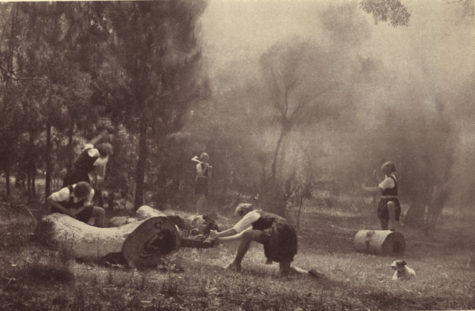
He juxtaposes this with the oldest title in his own collection, Sturt and the children’s library – a book from 1946 by Olive Cotton published under the name Olive McInerney. The Sturt School was established on the grounds of the Frensham School in Mittagong, to provide public school children classes in spinning and weaving, and carpentry.
‘Olive McInerney produced this amazing photo book of the school, and it’s quite rare,’ Doug says.
Both books are not just rare collectables, but offer a visual record of an early educational institution established in a small regional NSW town. Doug says the two masters of Australian photography – Cazneaux and Cotton – tell an interesting story through their pictures.
If elite NSW private boarding schools aren’t your thing, just imagine what else is out there.
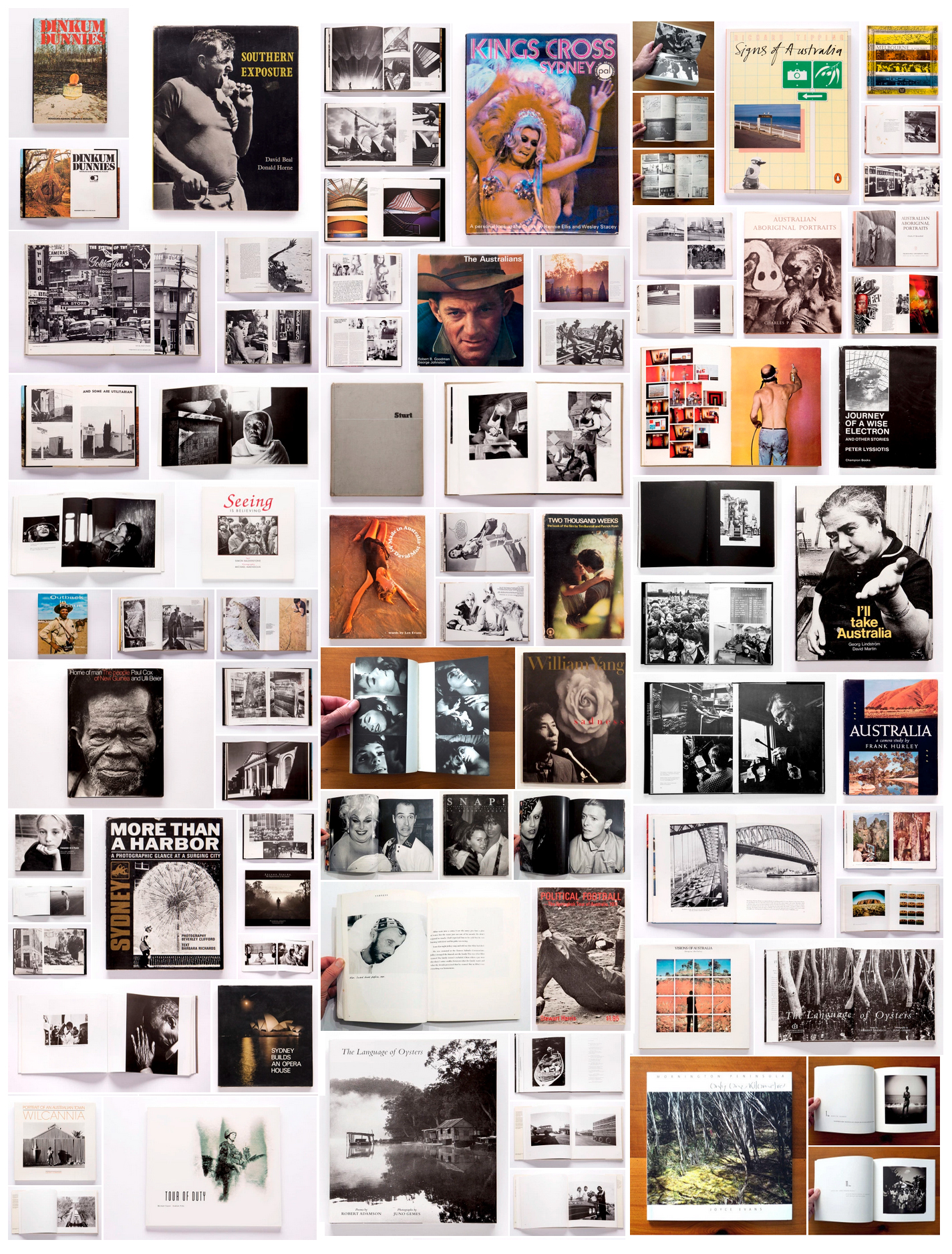
Most historic photo books can be found in various library catalogues, and some can even be purchased for dirt cheap at op shops and second-hand book shops.
‘Look at the worldwide movement of photo books created by people like Martin Parr and Gerry Badger. All of a sudden books worth no more than $15 or $20 are turned into rare collectables worth thousands. The same could happen within this region, once there is a canon to identify what are the best books – what are the most interesting. That takes research.’
The Photobook: A History (Volume I, II, and III), co-authored by Martin and Gerry, undoubtedly inspires Doug.
When Martin Parr began his ‘pilgrimage’ to tell the history, he likened it to being a ‘missionary preaching to sceptics’ and putting forth a revisionist history of photography. That’s no longer the case.
Appreciation for photo book history has developed dramatically since Volume I came out in 2004, and partly influenced the contemporary photo book scene. However, Australia and New Zealand’s contribution to the photo book hasn’t been researched on the same scale as it has in Europe, America, or even Japan.
If there’s anyone willing to undertake this job, it’s Doug.
The Australians to Vienna and back
The Queensland photographer’s unbridled passion for photo books spans over five decades, with Doug tracking the beginning of his journey back to a school report from the mid-60s.
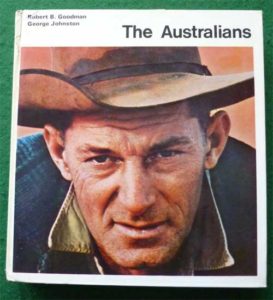
While classmates wrote a book review assignment on literary works, Doug went rogue by penning a critique of The Australians by Robert B Goodman, a 1966 picture book marking a boom in works defining Australiana.
Fast-forward to 2011 – after working at Kodak, running Imagery Gallery, and as a leading photography teacher and practitioner – Doug completed his PHD on ‘Self-publishing in the digital age: the hybrid photobook‘.
He continued post-study research in a Fellowship at the State Library of Queensland, and remained an active contributor to the niche photo book industry.
Doug forged a lasting relationship with premium independent book printer, Momento Pro, after moderating a panel discussion on the future of book publishing at the 2013 Head On Photo Festival.
Momento Pro hosts and sponsors a raft of photo book-oriented events, such as the Australian and New Zealand Photo Book Awards. Doug says the company, under the helm of Libby Jeffrey, helps foster a strong local photo book community.
In 2017 things took an interesting turn.
After Doug and Victoria hosted a 12-day cyanotype and photo book workshop on the Greek Island of Skopelos, the couple visited a friend in Vienna. By sheer co-incidence the trip coincided with the Vienna Photo Book Festival, and a last-minute lecture on The Antipodean Photo Book was organised.
The day before his lecture, the couple attended a book review featuring leading European exponents of the craft, including Gerry Badger.
It was here that Martin Parr, also at the festival, took Doug aside to ask him about his photo books.
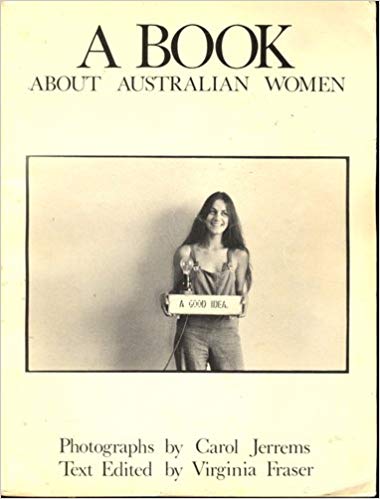
‘I showed Martin my little book on “how to read a photo book”, which included a glossary containing many contributors to the antipodean photo book industry. Martin asked what I knew about [early feminist photographer] Carol Jerrems’ book. I told him I had two copies of A Book About Australian Women. It’s one of the rarest photo books in Australia, and maybe even one of the world’s rarest. So Martin said he’d give me anything in his collection for a copy of the book. I told him I wanted Man Ray’s Facile, and he jokingly said I couldn’t have that.’
Doug established a rapport with Martin, who was front row for his lecture. Over the weekend Martin and Gerry visited the Momento Pro-sponsored Australian and New Zealand Photo Book Awards stall at the event’s book fair.
‘Everything was at that fair. From 100-year old tomes, through to the most recent contemporary books. Martin came up to our table after doing the rounds and said “Very soon you’re going to hear that I’ve donated my 12,500 photo books from my collection to the Tate. You know there’s a big gap in my collection of Australian and New Zealand books. I’m going to recommend to the Tate that they commission you to pull together a collection of Australian and New Zealand photo books”.’
Six weeks later Doug heard from the Tate and got to work.
When Martin visited Australia last year to photograph the Australian Open, he met with Doug at the State Library of Victoria to review the selection.
‘I was aware of the books he (Martin) had already donated and he approved most of the selected books, with his main interest on photo documentary books,’ he said.
It took almost 18 months to curate the selection, with the books being sent off to the UK earlier this year.
Doug is hesitant to list the selection prior to a green light from the Tate. A handful of the titles are listed on his website, The Antipodean Photobook.
Doug recently launched A Compendium of Australian Photobooks, a 3rd edition booklet containing a glossary of the photo book industry, at the 2019 Melbourne Art Book Fair. It’s available for $25 + $10 postage via e-mail. He and Victoria recently founded the Queensland Photobook Consortia, which also showed works at the Melbourne Art Book Fair.





Great work Doug – and this is so important for Australian photography.